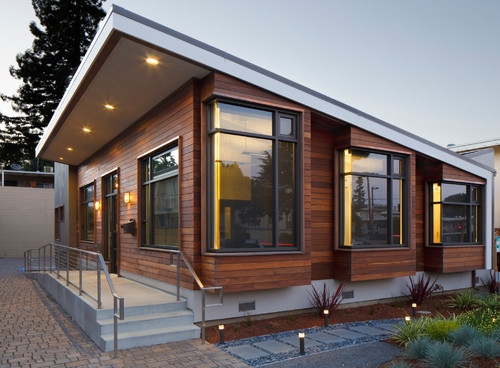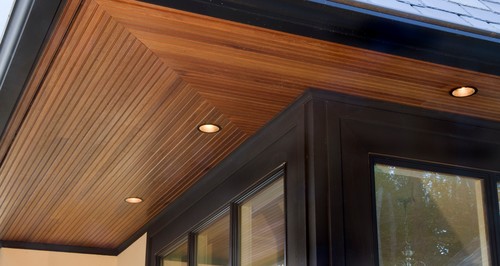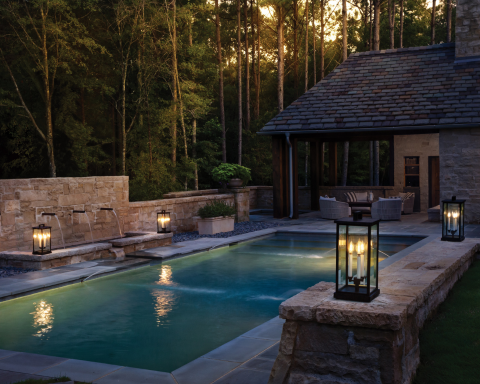Free Ground Shipping on Orders Over $49 Details & Exclusions Excludes Curb Side Delivery (LTL). Lower 48 United States Only.
Jul 24, 2014
Guide to Choosing the Right Recessed Light Fixtures for Your Home Exterior
Outdoor recessed lighting has been proven by most homeowners to really work well in providing the right mood and functionality for their home exterior. This lighting option is as efficient as other outdoor light fixtures, but offers a clean, unobtrusive exterior space due to its form. Recessed lights can be built or embedded into a ceiling or wall. They can also be mounted into patios and floors.
Although it may seem that buying recessed lights is a simple process, there are several different types of recessed fixtures available which could make the selection process a bit tricky. Choosing the right recessed light fixtures will not only depend on their appearance or your personal preference, but will have to be based on where the fixtures will be used and whether they will be installed in a brand-new space or a revamped one. Here are the basic things you will need to consider when buying exterior recessed lights:
New Construction vs. Remodel
Recessed lighting fixtures vary depending on their purpose. New construction recessed lights are mounted to ceiling joists by arms. Those for remodelling have clips which go directly into the ceiling drywall.
Round vs. Square
Recessed lights come in two shapes: round and square. There is no difference in terms performance between these two, so choosing the shape of your fixture will be based primarily on your design preference.
Fixed vs. Movable
Most recessed lights come with a stationary bulb, but there are some fixtures with movable bulbs that allow you to direct illumination where you need it.
Standard vs. Shallow Housing
Aside from your design preferences, the depth of your exterior ceiling will also determine the type of recessed lighting housing that you will need. Standard fixtures are deep enough to fit into the regular ceiling space. Shallow recessed fixtures, on the other hand, are suitable for remodelling projects wherein the ceiling height between beams may be less.
IC-Rated vs. Non-IC Housing
In choosing the right recessed lighting housing, you will need to consider whether or not your fixtures will come into contact with insulation. If these will contact insulation, you will need to choose IC-rated housings. For those that won’t, choose non-IC housings.
Low Voltage vs. Line Voltage
Another consideration would be the kind of voltage that will power the recessed lighting fixtures. The ones with reduced voltage or a low-voltage system will require a transformer and special dimmer, while line voltage recessed fixtures can use standard electrical plugs.
Damp vs. Wet Location Rated
Outdoor recessed lights that are damp location rated are suitable for covered outdoor areas where there is exposure to condensation but no direct contact with water. Wet location rated outdoor recessed lights are safe to have direct contact with water, such as rain, shower water spray, sleet, or snow.
Type of Bulb
Some recessed lighting fixtures will require standard bulbs while others may use bulbs with flatter, wider light surface. Recessed fixtures are also available as halogen, low-voltage halogen, and LED. It is important to choose the right type of bulb given the type of fixture that you have for your recessed lighting to work properly.
Trim and Reflector Colors
The metal pieces of recessed light fixtures now come in a wide range colors, including metallic hues and even black.





